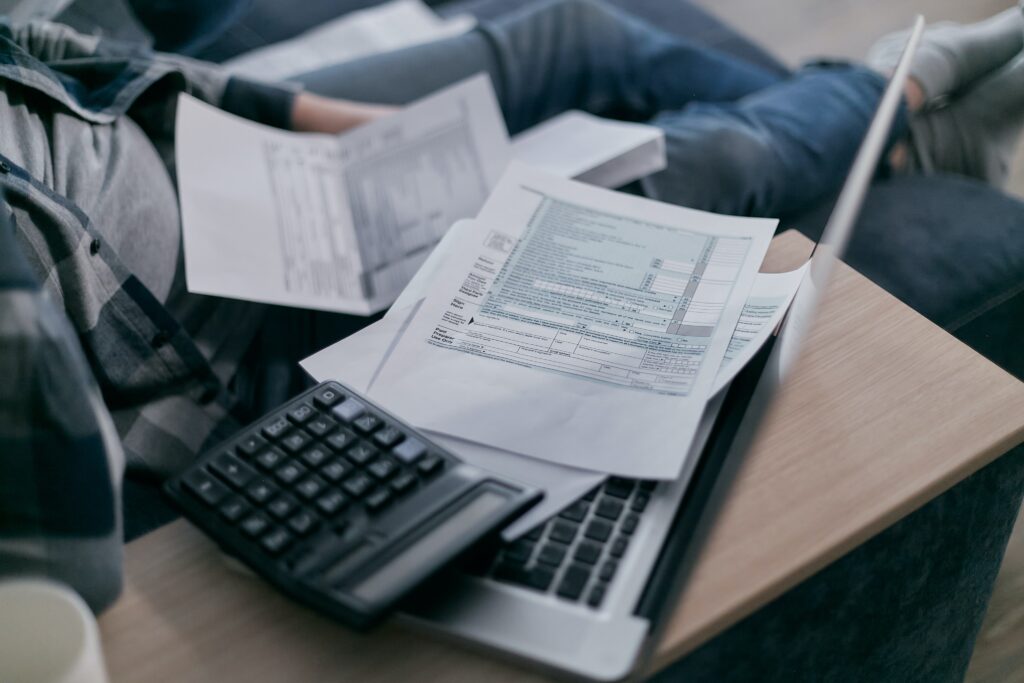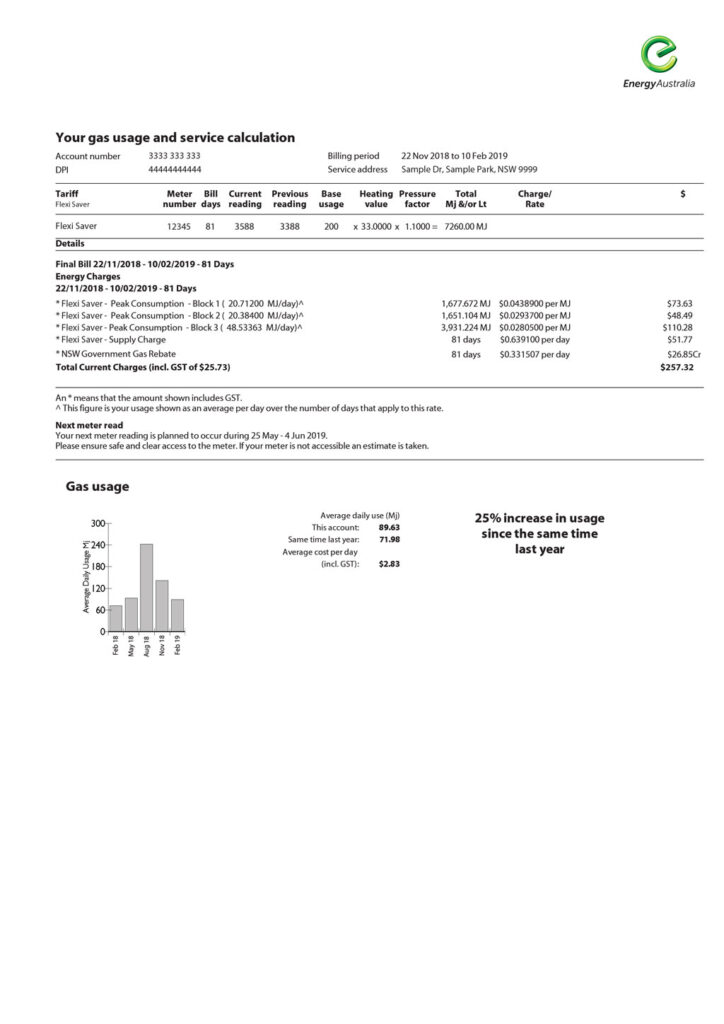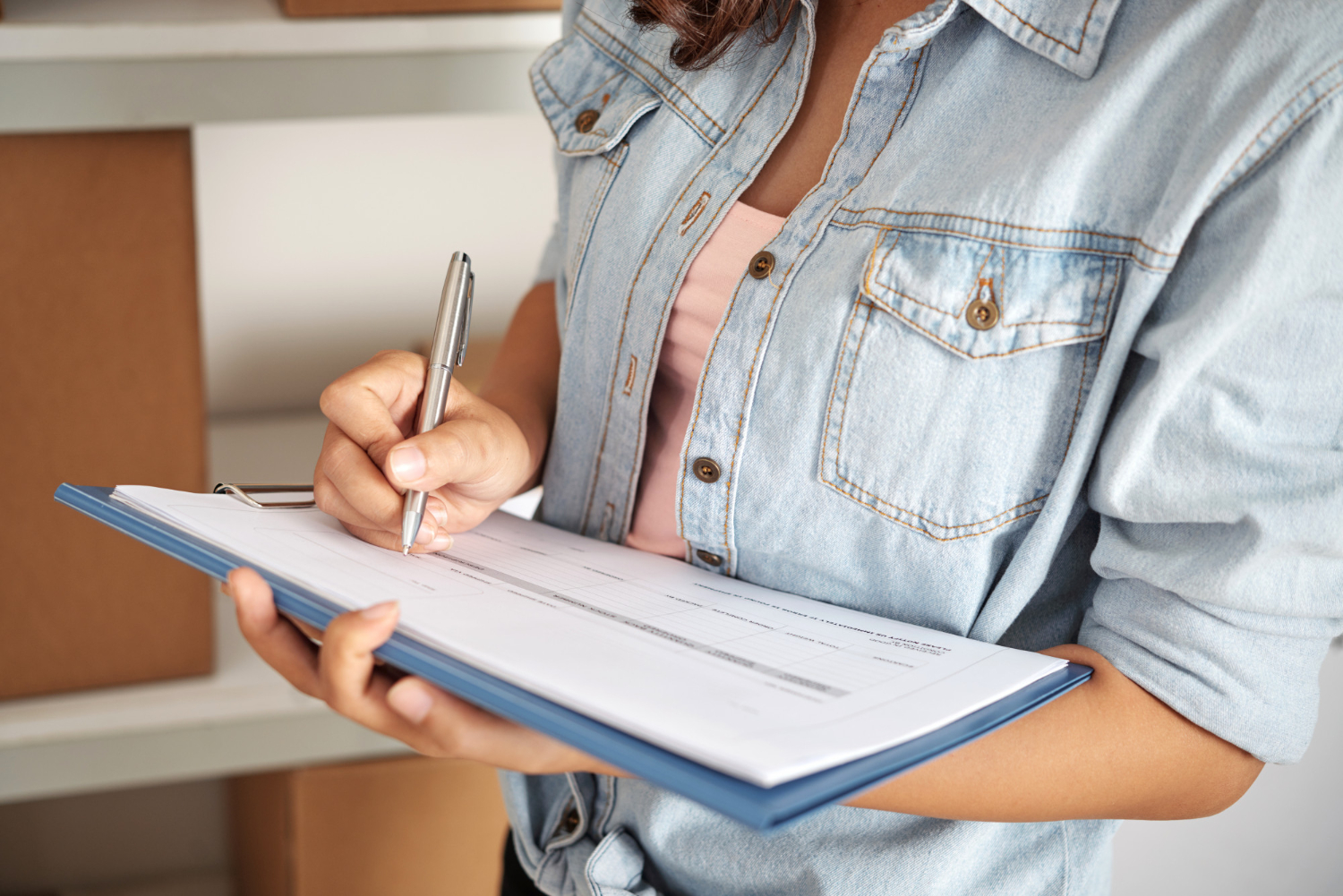Gas Bills: What’s the Australian Average?
Ever open up your gas bill and consider if you’re getting the best bang for your buck? Chances are, you’re not alone, especially with the rising electricity and gas prices.
It’s human nature to try to get the best deal possible, and the best way to do that is to compare your energy bill to the rest of the country!
Let’s break down the national average gas bill so you can see how your costs stack up against the rest.
Check out our article on the average electricity bill across Australia.
Organise your utilities in just 8 minutes!
Get ConnectedGas Charges & Rates Explained
Much like electricity bills, gas bills are primarily split between two different costs:
- Daily supply charges
- Usage charges
Daily supply charges are the flat-rate tariff typically fixed at a price for servicing your property with energy, via the gas mains network. These charges are not connected to overall gas usage, and can typically range from 60c/day to 90c/day.
Usage rates are what separate the costs between households, as these charges are based on your time of use and how much gas energy is consumed. This is calculated through your c/MJ (or cents per megajoule), which is listed on your bill by measuring the numbers on your gas meter with a meter reading (which is done automatically if you have a smart meter installed).
Several smaller hidden fees are tucked away in the fine print, which can consist of:
- Connection fees
- Late payment fees
- Paper billing charges
- Credit card surcharge
These smaller fees are typically included in your gas bill provided by your selected energy retailer. Overall costs will ultimately depend on how much gas you use each month, and the gas retailer you’re receiving your gas supply from.

Using Gas
Try as you might, your gas bill will always be set at a minimum price despite your best energy-saving practices. However, said practices could mean a jaw-dropping bill and not blowing out your wallet when the billing period rolls around.
For both electricity usage and gas usage, several factors dictate your usage rates, including household size, gas plans, and gas provider. Other natural gas factors are household appliances, including cooktops, ovens, stoves, heaters and hot water systems.
Hot water is a major factor in energy costs, where individuals opt for warmer water in their showers, dishwashers and washing machines which can cost a heavy sum compared to their cold water counterparts. According to iSelect, you could also save over $300 per year just by choosing a low-flow showerhead!
Pssst
For tips and tricks to lowering your gas usage, check out our Cost-Saving Tips.
Australian Average
According to the Finder Consumer Sentiment Tracker, these are the average quarterly and annual gas bills across Australia, showcasing the average per state.
As of April 2024, the Australian average gas bill is $66 / monthly or $788 / year:
| State | Average Gas Bill (Monthly) | Average Gas Bill (Year) |
|---|---|---|
| Western Australia (WA) | $49 | $588 |
| Queensland (QLD) | $66 | $796 |
| New South Wales (NSW) | $68 | $820 |
| South Australia (SA) | $70 | $848 |
| Victoria (VIC) | $74 | $892 |
Let’s break it down.
Victorians are feeling the sting the most with the highest average gas bill across Australia, leaving the city of Melbourne a lot more to dwell on than just a high-priced cup of coffee! This is loosely followed by their neighbours in South Australia and New South Wales.
Those living in the sunny state of Western Australia will be sitting comfortably knowing they spend the least on gas in the country, followed by Queensland. Victoria has its own laughing rights however in the energy market, since they also hold the lowest average cost for electricity.
No matter where you’re living in Australia – whether it be in Brisbane, Sydney, Melbourne, Perth, Adelaide or Tas, it’s worthwhile finding a gas distributor who can offer some much-needed energy plan savings.
Checking Your Gas Bill
Adding gas to the complexity of energy bills, determining if your gas bill is higher or lower than average is not as straightforward as comparing it to the general averages. The variation in consumption patterns and tariffs across different regions makes it inaccurate to compare your gas bill in one state to that of another.
Thankfully, your gas bill from your chosen energy provider can help you understand how your gas usage compares to that of your local community. The bill may include a graph that depicts the household size, the number of occupants, and whether there is a pool or not.
For instance, Energy Australia provides an example of a typical energy bill, including a graph illustrating your gas consumption relative to your local community (available on the Energy Australia website).

Is it Time to Change Gas Providers?
After checking your gas bill and comparing it to the national average, it can be a bit of a deterrent realising you’re spending more on your gas than your neighbours. There are plenty of gas retailers and energy plans that the gas market offers, and it’s important to find the right fit for you suited to the best energy prices you can find.
Luckily, MyConnect can help. If you need help switching over and connecting to a new gas plan, give us a call at 1300 854 478 or connect online using our sign-up form here!
Need more info on how a utility connection company can help you make the switch? Check out this post here.



 Justyn Harrison
Justyn Harrison 






